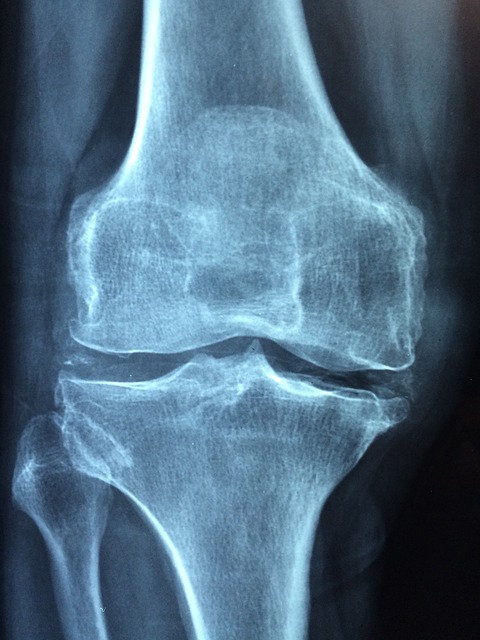Who else is going through this…..
According to Arthritis.org, It is estimated that approximately 54 million people are walking around with some form of arthritis. It is the leading cause of disability in the United States. 31 million have osteoarthritis :the “wear-and-tear” form of arthritis caused by physical stress on the body’s joints over time.
Quick definition here:
“Artho” = joint
“itis” = inflammation
A joint is what connects bone to bone. The ends of bones are lined with cartilage. This allows for smooth, pain-free movement. Here is a great video animation of how cartilage in the knee can wear down. When cartilage wears down (as a normal sign of aging, and I will put emphasis on the phrase ‘normal sign‘), the body starts the inflammatory process as a response to tissue damage.
How does it affect me?
Certainly this can lead to the experience of joint pain, morning stiffness, and possibly a crunching sensation when you move the joint. But in many cases, this is not always the case. Seeing “Bone-on-bone” on an x-ray is not a death sentence. Many of those people with arthritis are living comfortably with bone-on-bone joints. One example is Gary. Gary would put you to shame with how active he likes to keep himself, even as he closes in on 80 years old. His doctor informed him that his knee x-ray showed arthritis. Predictably, Gary’s next question was: “Should I get a knee replacement?”
Similarly, both his orthopedist and myself agreed that he shouldn’t do the surgery electively, not until the knee starts really impeding his daily function. Fast-forward a year later, and Gary updates me that his knee has been completely fine all this time. He’s been keeping up with exercises daily.
What Can You Do?
In conclusion, the moral of the story is this: surgery should not be the first line of defense for osteoarthritis. Diet, exercise, and good healthy habits can have a profound impact, both positively and negatively. As a result, make sure that you learn how to manage your arthritis safely and appropriately.
Here’s my best tip on managing arthritis: When you wake up in the morning, gradually warm up. Don’t just jump out of bed and go straight for the coffee.
Get in the habit of waking up, and starting with some of these:

Come talk to our physio team and we can get you started on our injury prevention program, whether arthritis has been giving you a problem or not. As I mentioned to Gary, “One year of no pain? Great! Let’s keep it that way!”
[the warm-up above is intended as general advice. For your specific problem or pain, you may need to see a medical professional (PT) for more specifically prescribed exercises and treatment strategies to address your experience with arthritis]

